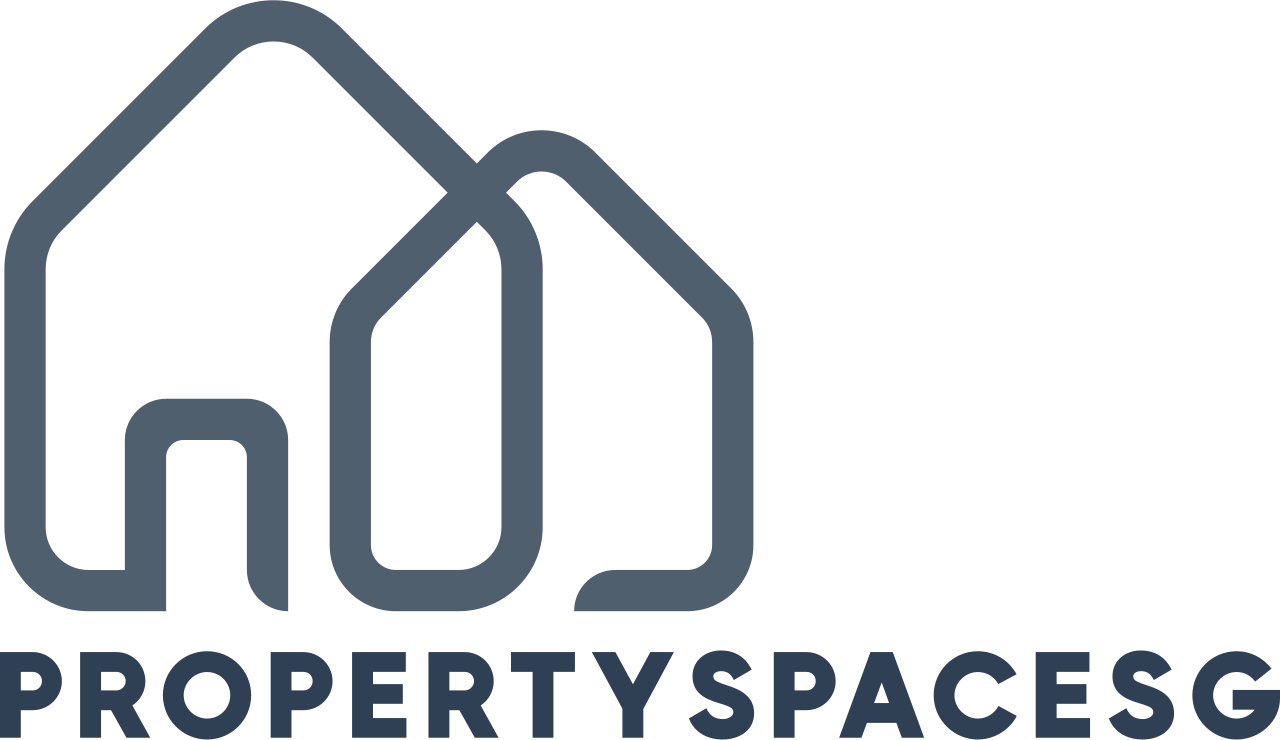When purchasing property in Singapore, one of the pivotal decisions you’ll face is choosing between a freehold and a leasehold property. Each tenure type has its unique advantages and considerations. This guide delves into the distinctions, benefits, and potential drawbacks to help you make an informed investment decision.
📘 Understanding Property Tenure in Singapore
In Singapore, private residential properties primarily fall under two tenure types:
- Freehold: Ownership of the property and the land it stands on indefinitely.
- Leasehold: Ownership of the property for a specified period, typically 99 years, after which ownership reverts to the state.
🔍 Key Differences Between Freehold and Leasehold Properties
| Aspect | Freehold Properties | Leasehold Properties |
|---|---|---|
| Ownership Duration | Indefinite | Typically 99 years |
| Cost | Generally higher purchase price | More affordable |
| Value Over Time | Maintains value better over the long term | Value may decline as lease period shortens |
| Financing | Easier to secure loans | Financing may be challenging as lease shortens |
| Inheritance | Can be passed down to future generations | Limited by remaining lease period |
💰 Investment Considerations
1. Capital Appreciation
Freehold properties are often perceived to have better long-term capital appreciation due to perpetual ownership. However, location and market demand play significant roles. A well-located leasehold property can outperform a freehold property in a less desirable area.
2. Rental Yield
Leasehold properties, being more affordable, can offer higher rental yields compared to freehold properties. Investors seeking rental income might find leasehold properties more attractive in this aspect.
3. Financing and Resale
As a leasehold property’s lease shortens, financing becomes more challenging. Banks may be reluctant to offer loans for properties with less than 30 years remaining on the lease. Additionally, resale value may decline as the lease period decreases.
🏙️ Location and Amenities
Leasehold properties are often situated in prime locations with better access to amenities and public transportation. Freehold properties might be located in less central areas, which could affect convenience and desirability.
🧾 Maintenance and Upkeep
Freehold property owners are responsible for the maintenance of their property, which can lead to higher costs over time. Leasehold properties typically have management corporations handling maintenance, with costs shared among residents.
📊 Real-World Example
Consider two condominiums:
- Condo A: Freehold property located in a suburban area, priced at SGD 1.5 million.
- Condo B: 99-year leasehold property located near an MRT station, priced at SGD 1.2 million.
While Condo A offers perpetual ownership, Condo B’s prime location and lower price might provide better rental yield and potential for capital appreciation in the short to medium term.
🧠 Making the Right Choice
Your decision between freehold and leasehold should align with your investment goals:
- Long-Term Ownership: If you intend to hold the property indefinitely or pass it to future generations, a freehold property might be suitable.
- Investment and Rental Income: If you’re seeking rental income and potential capital gains in the short to medium term, a leasehold property in a prime location could be more advantageous.
📝 Conclusion
Both freehold and leasehold properties have their merits and drawbacks. Understanding your investment objectives, financial capacity, and long-term plans is crucial in making the right choice. Consulting with real estate professionals can also provide personalized insights tailored to your needs.
